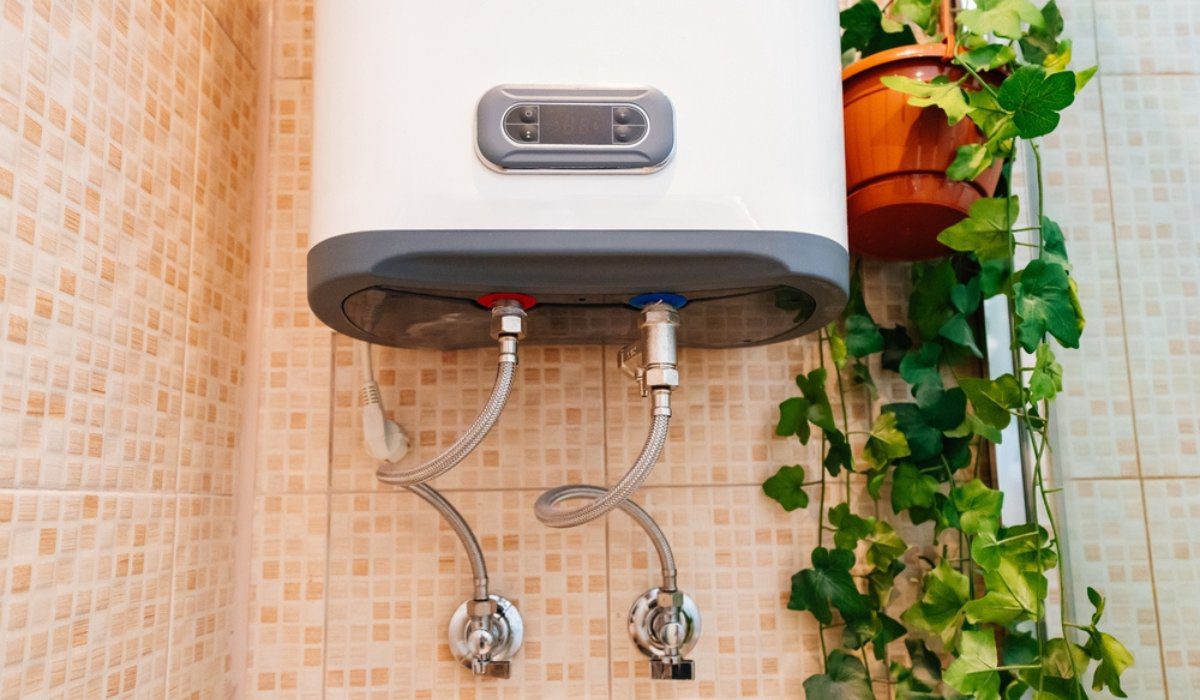Caring for Your Home's Hot Water System: Key Guidelines
Caring for Your Home's Hot Water System: Key Guidelines
Blog Article
Were you interested in advice around Tips For Maintaining Your Hot Water Heater?

Hot water is crucial for daily comfort, whether it's for a rejuvenating shower or washing meals. To guarantee your hot water system runs effectively and lasts much longer, regular upkeep is crucial. This post provides functional pointers and understandings on how to preserve your home's hot water system to prevent interruptions and pricey fixings.
Intro
Keeping your home's warm water system could seem overwhelming, however with a couple of straightforward steps, you can ensure it runs efficiently for many years to find. This overview covers everything from comprehending your warm water system to do it yourself upkeep tips and understanding when to hire expert aid.
Importance of Maintaining Your Hot Water System
Routine upkeep not only prolongs the life expectancy of your warm water system yet additionally ensures it operates efficiently. Neglecting maintenance can cause reduced performance, greater power costs, and also early failing of the system.
Signs Your Hot Water System Requirements Maintenance
Understanding when your warm water system requires attention can avoid major problems. Watch out for indications such as irregular water temperature, weird noises from the heating unit, or rustic water.
Flushing the Water Heater
Flushing your water heater removes sediment accumulation, improving efficiency and prolonging its life.
Checking and Replacing Anode Rods
Anode poles protect against deterioration inside the tank. Inspecting and replacing them when broken is crucial.
Facility Concerns Needing Expert Assistance
Examples include significant leakages, electrical problems, or if your hot water heater is continually underperforming.
Regular Specialist Maintenance Advantages
Professional upkeep can include extensive evaluations, tune-ups, and ensuring conformity with safety and security requirements.
Examining and Adjusting Temperature Level Settings
Adjusting the temperature setups ensures ideal efficiency and security.
Do It Yourself Tips for Upkeep
You can do several maintenance jobs on your own to keep your warm water system in top condition.
Looking for Leaks
On a regular basis check pipes and connections for leaks, as these can lead to water damages and higher costs.
Comprehending Your Hot Water System
Prior to diving into upkeep tasks, it's valuable to understand the standard elements of your warm water system. Generally, this consists of the hot water heater itself, pipes, anode poles, and temperature controls.
Month-to-month Maintenance Tasks
Normal month-to-month checks can assist capture minor concerns before they intensify.
Testing Pressure Relief Valves
Testing the stress relief valve guarantees it operates appropriately and avoids excessive stress buildup.
Insulating Pipes
Protecting warm water pipes lowers heat loss and can save power.
When to Call a Specialist
While DIY upkeep is useful, some concerns need specialist proficiency.
Final thought
Normal maintenance of your home's warm water system is essential for effectiveness, long life, and cost financial savings. By following these ideas and knowing when to seek specialist assistance, you can make certain a reputable supply of warm water without unexpected disturbances.
How to Maintain an Instant Hot Water Heater
Before tinkering with your hot water heater, make sure that it’s not powered on. You also have to turn off the main circuit breaker and shut off the main gas line to prevent accidents. Also turn off the water valves connected to your unit to prevent water from flowing into and out of the appliance. 2. When you’re done, you have to detach the purge valves’ caps. These look like the letter “T†and are situated on either side of the water valves. Doing so will release any pressure that has accumulated inside the valves while at the same time avoid hot water from shooting out and burning your skin. 3. When the purge valves’ caps are removed, you have to connect your hosing lines to the valves. Your unit should have come with three hoses but if it didn’t, you can purchase these things from any hardware or home repair shops. You can also get them from retail stores that sell water heating systems. Read the user’s manual and follow it to complete this task properly. When the hosing lines are connected, open the purge port’s valves. 4. You should never use harsh chemical cleaners or solutions when cleaning your unit. Make use of white vinegar instead. It should be undiluted and you’ll probably use about 2 gallons. 5. Now flush your water heater. This task should probably take about 40 minutes. We can’t give you specific directions for this because the procedure is carried out depending on the type, model and brand of your heater. With that being said, refer to the user’s manual. 6. When you’re done draining the unit, you have to turn off the purge port valves again. Remove the hosing lines that you earlier installed on each of the water valves. Put the valve caps (purge port) back in their respective places and be very careful so as not to damage the rubber discs that are found inside these caps. 7. Now that everything’s back in place, check your user’s manual again to find out how to reactivate your water heating system. 8. Once it is working, turn one of your hot water faucets on just to let air pass through the heater’s water supply pipes. Leave the tap on until water flows smoothly out of it. https://www.orrplumbing.com/blog/2014/september/how-to-maintain-an-instant-hot-water-heater/

As an enthusiastic person who reads on Water Heater Maintenance Tips You Can't Afford to Forget, I figured sharing that short article was worth the trouble. Sharing is good. Helping people is fun. I am grateful for your time. Revisit us soon.
Call Today Report this page